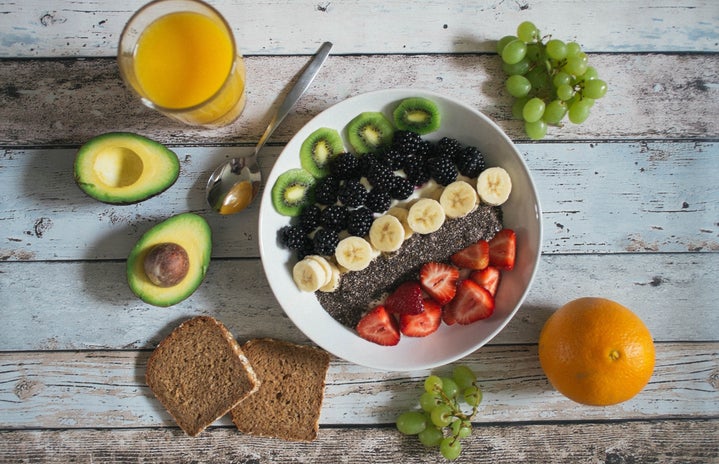The benefits of clean eating are nothing new. We’ve known for a while that our physical and mental well-being are greatly linked to the that which we use to nourish our bodies. And yet, the prevalence of food trends often makes it difficult to determine what is actually nutritious and what is just a popular new health fad that will soon be deemed a hoax.
“Organic” has been around long enough now that it can hardly be referred to as a trend. For most, it’s easy to get behind the idea of eating food that is not contaminated by chemical-rich pesticides, growth hormones, and industrial solvents. But organic foods are expensive and not always easily accessible. So, here’s an attempt to determine how important it really is to eat organic:
What does “organic” really mean anyway?
The term actually has many implications beyond just a lack of potentially harmful agricultural contaminants. The USDA organic seal applies less to the actual food itself than it does to the process under which the food was grown or created. For a farmer or food processing company, obtaining the seal is difficult, expensive, and time-consuming. Before any produce can be considered organic, the USDA requires that it be cultivated on land that has not been hindered by restricted practices for at least 36 months. Additionally, GMOs are completely prohibited by the USDA organic requirements.
Still, official organic standards are still somewhat-new and thus they are imperfect. The certification process has been criticized for being a bit corrupt. Although the organic sticker is the only way we can truly know that a product is organic, it’s important to realize that there are some products that perhaps don’t quite deserve the sticker while there are other non-certified products that do.
Does it really make a difference for my produce if I buy organic or not?
Yes. Although pesticides are sprayed on the outside of fruits and vegetables, it is very possible for them to permeate peels and skins and enter the actual flesh. Hence, washing an apple thoroughly in the sink before you eat it doesn’t always save you from ingesting harsh, pest-killing chemicals.
Nonetheless, certain fruits and vegetables are more susceptible to internal contamination. Every year, the Environmental Working Group produces a list called the “Dirty Dozen” that ranks the 12 most contaminated produce items in terms of their pesticide residue. This year’s “Dirty Dozen” is as follows: strawberries, spinach, nectarines, apples, peaches, pears, cherries, grapes, celery, tomatoes, sweet bell peppers, and lastly, potatoes.
Are there any foods or vegetables that are relatively safe to buy if they are non-organic?
Definitely. The Environmental Working Group also annually produces a list called the “Clean Fifteen” which is exactly what it sounds like. This year’s “Clean Fifteen” is as follows: sweet corn, avocados, pineapples, cabbage, onions, frozen sweet peas, papayas, asparagus, mangoes, eggplant, honeydew melon, kiwi, cantaloupe, cauliflower, and grapefruit.

